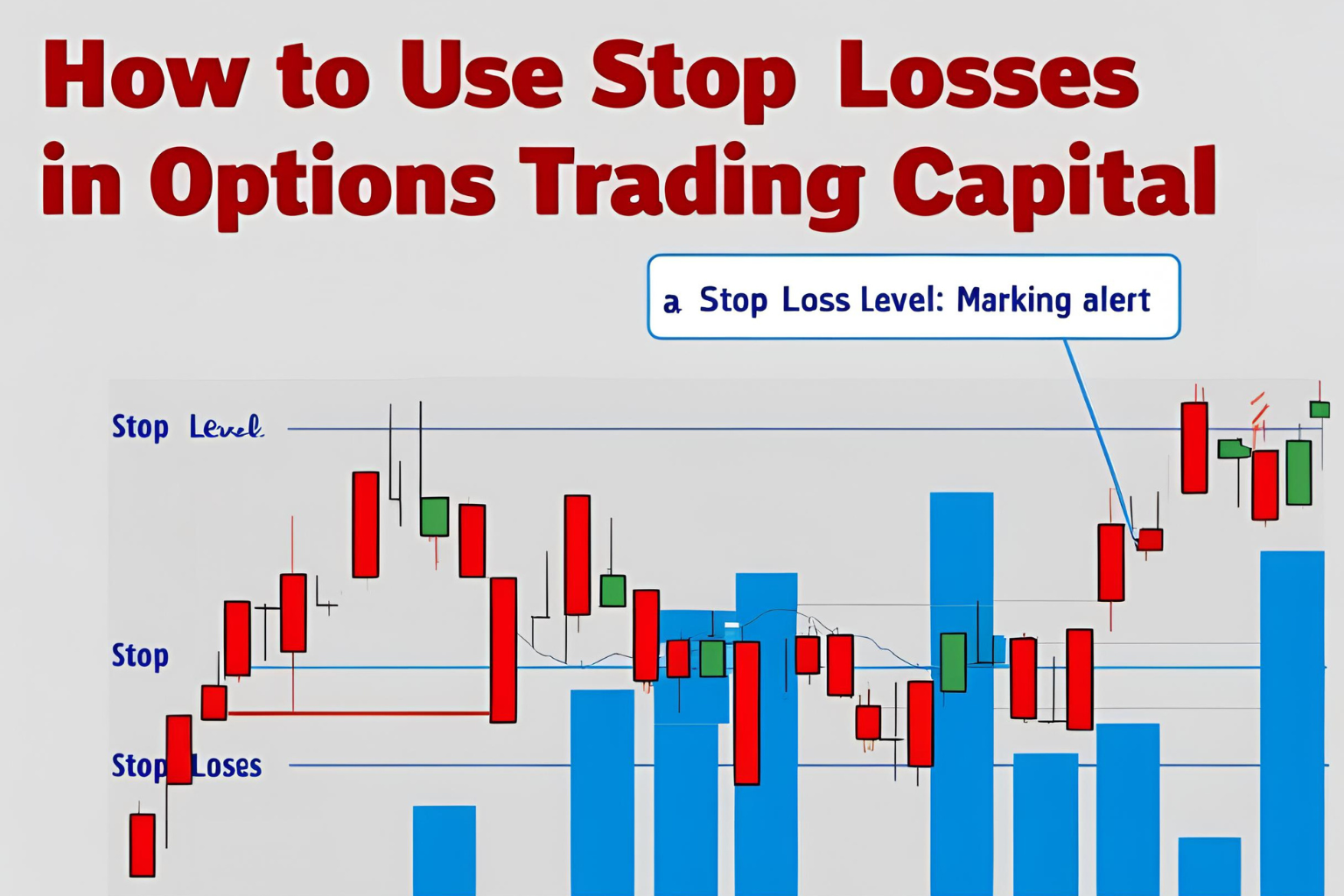How to Use Stop Losses in Options Trading: Protect Your Capital
Using a stop loss is a key part of managing risk in any form of trading—including options. Since options can lose value quickly due to time decay and volatility, having a clear exit plan is essential.
In this post, we’ll explain how to set stop losses in options trading, and when to use them for different types of trades.
Why Stop Losses Matter in Options
Options are leveraged instruments. That means your potential loss can be large—even on small stock moves—if you don’t have a risk management plan.
Stop losses help you:
- Limit downside risk
- Avoid emotional decisions
- Stay disciplined with capital
- Manage trades with predefined rules
Methods for Setting Stop Losses in Options
1. Percentage-Based Stops
- Exit the trade if the option loses a set percentage (e.g., 30% or 50%)
- Simple and widely used
Example: You buy a call for $2.00. Set a 50% stop = sell if price hits $1.00.
2. Time-Based Stops
- Exit after a certain number of days regardless of price
- Useful for avoiding time decay in options that aren’t moving
Example: Hold for 3 days max. If trade doesn’t move, exit to preserve premium.
3. Technical Stops
- Use chart levels (support/resistance) to exit the trade
- More advanced and fits directional strategies
Example: Exit when stock breaks below a moving average or key trendline.
4. Premium Targets (Profit/Stop Combo)
- Set both a profit target and a loss level on the option premium
- Helps you stay consistent with reward-to-risk ratios
Tips for Using Stop Losses Effectively
- Stick to your plan—don’t move the stop based on emotion
- Use limit orders if liquidity is low to avoid slippage
- Don’t set stops too tight—they may trigger during normal volatility
- Use alerts if you don’t want auto-stop orders for options
When Not to Use Hard Stops
- On illiquid options with wide bid-ask spreads
- During high volatility events (e.g., earnings), where temporary spikes can trigger stops
- In spread trades, where individual leg pricing may not reflect true risk
FAQs
1. Do options traders use stop losses?
Yes—especially those buying options or trading directional setups.
2. What’s the best stop loss method for options?
Percentage-based stops are common, but combining with technical levels is ideal.
3. Can I set automatic stop loss orders on options?
Some brokers allow it, but many traders monitor trades manually due to pricing gaps.
4. Should I always use a stop loss with options?
If you’re trading naked options (buying calls/puts), it’s highly recommended.
5. How tight should my stop loss be?
Not too tight—30–50% for premium-based stops is a good starting point.




